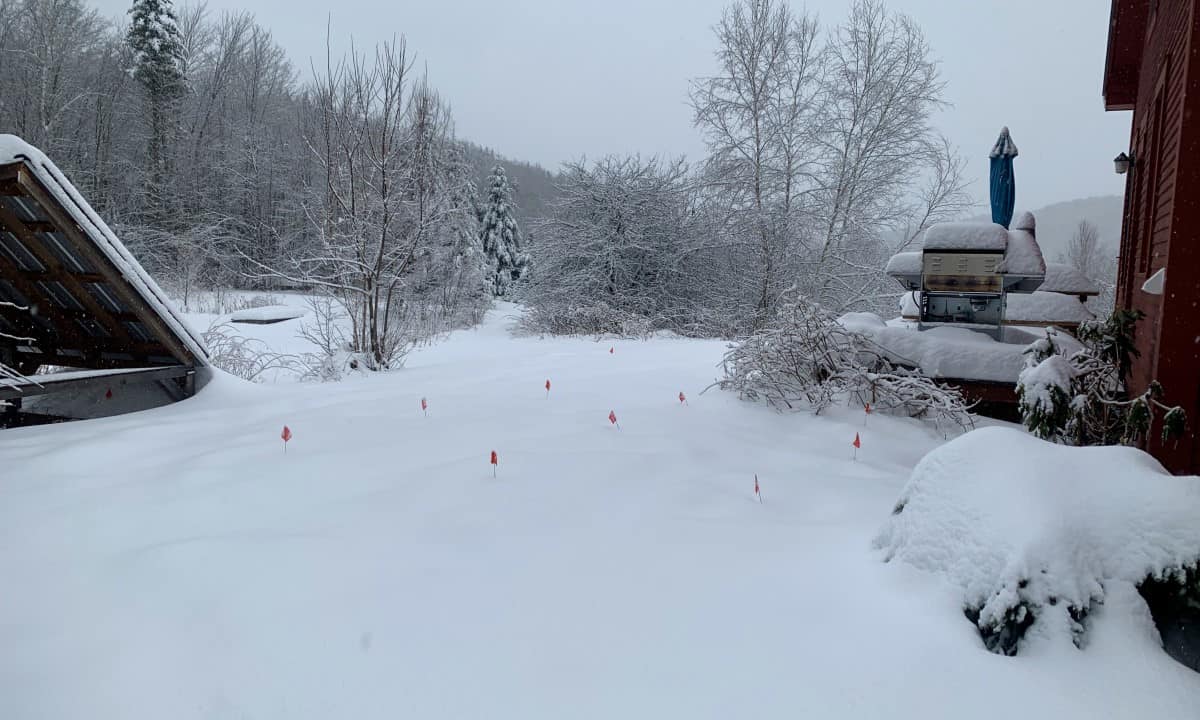
I grew up in Canada, which has two things in abundance: electric clothes dryers and snow. So, I was immediately drawn to a paper in PLOS ONE by Kirsten Kapp and Rachael Miller that quantifies the number of microfibres emitted by tumble dryers by extracting fibres from snow nearby to dryer exhaust vents. Their experiments were done in two snowy locations – Idaho and Vermont – using two different models of domestic dryer.
Kapp and Miller began their experiment with two pink polyester fleece blankets that were soaked and then placed in the dryers. The blankets were not washed to avoid introducing extra variables to the experiment. After the blankets were dried, the surface layer of snow was gathered from a dozen or so different locations near the dryer vents. The snow was then melted, and the fibres counted.
The duo found that the greatest concentration of microfibres were within about 1.5 m of the vents. However, several locations about 9 m from the vents also had significant numbers of microfibres.
There is growing concern about microfibre pollution – and it is already well known that wastewater from clothes washing machines is a major source of microfibres in the environment. “The goal of this study was to break the story about dryers and microfibre emissions, rather than answer all the questions,” says Miller. “Our intent is that these data now inspire researchers to investigate exactly what factors concerning dryer design, installation and settings increase or reduce shedding, inspire the white goods industry to include dryers in their discussions about microfibre pollution, and educate consumers about the potential effects that dryer use has on our environment.”
“I find it hard to think of anything that is more relevant to understanding how the world works than differential equations.” So says the physicist Sabine Hossenfelder in the introduction to her latest video “What are differential equations and how do they work?” which you can watch above.
Although Isaac Newton developed calculus – which underpins differential equations – our modern form of calculus is largely absent from his ground-breaking Mathematical Principles of Natural Philosophy. A rare first edition of the book printed in 1729 has been sold at auction for £22,000. Incredibly, the two-volume edition was discovered during a lockdown clear-out at a house in South Wales.
“It was on their shelves and they were looking for things to sell while they were in lockdown,” says Chris Albury of Dominic Winter Auctioneers in Cirencester, who according to the BBC “almost fell off” his chair when he realized it was “the greatest work of science in the English language”.
